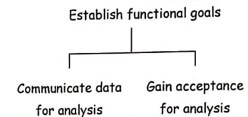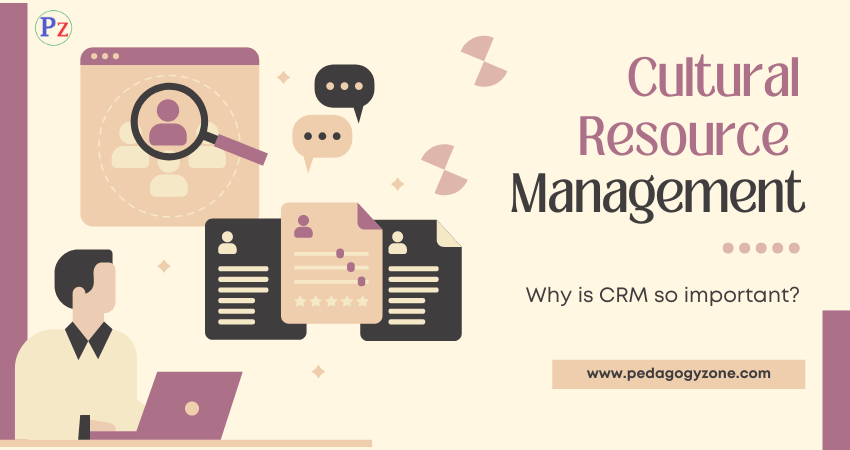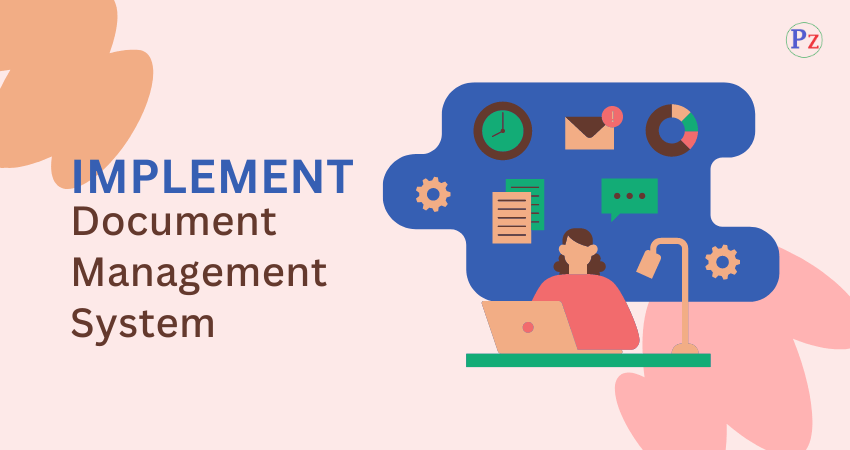Benchmarking Process
There are many versions of benchmarking steps used by very successful organisations. The AT & T company has 12 steps, Xerox uses 10 , Alwa has 6 , and others recommend 7 or 8 steps. Thus organisations adapt the process to best fit their own needs and culture. However the benchmarking process proposed by Robert C. Camp (1989) is most widely used.
Steps in Benchmarking Process
| Phases | Steps | |
| I. Planning | 1. | Earmark what is to be benchmarked? |
| 2. | Identify the best competitor. | |
| 3. | Determine the data collection method and start collecting data. | |
| II. Analysis | 4. | Determine the current performance gap. |
| 5. | Project future performance levels. | |
| III. Integration | 6. | Communicate benchmark findings and gain acceptance. |
| 7. |  |
|
| IV. Action | 8. | Develop action plans. |
| 9. | Implement specific actions and monitor progress. | |
| 10. | Recalibrate benchmarks. | |
| V. Maturity | 11. | Attain the leadership position. |
| 12. | Integrate practices into the process |
Fig. 1. Steps in benchmarking process
Phase I: Planning
The planning phase involves three steps: To identify (i) what is to be benchmarked? (ii) to whom or what shall we compare?; and (iii) how will the data be collected.
Step 1: What can be benchmarked? (i.e., Deciding what to benchmark)
✔ Benchmarking can be applied to any business or production process.
✔ During this step, determine which functions, tasks, processes, or activities within the own organization will be subjected to benchmarking.
✔ Appoint a benchmarking team that will pilot the activity within the organisation.
✔ In this stage, formulate the project goals; determine the data to be collected; and prepare a tentative list of questions.
Step 2: To whom or what shall we compare? (i.e., Identifying benchmark partners)




